I’ve wanted to visit the Butterfly Valley Botanical Area for a long time, so when we went orchid hunting recently near Quincy we made sure that we had enough time to visit this area. Instead of hunting orchids, we were hunting carnivorous plants!
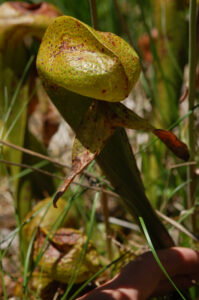
Butterfly Valley Botanical Area is about 500 acres of forest and meadows in Plumas County, near Quincy. It was set aside as special botanical area in 1976 to protect its very abundant and diverse plant community. There are many species of orchids, lilies and ferns here, as well as four different species of insectivorous plants. You can come throughout the spring and summer and find a different selection of plants with each visit.
Note: Click on any photograph to see a larger image.
Directions
This isn’t a “hike”, for the most part you are driving through the area on reasonably maintained gravel/dirt forest service roads and then traipsing off through the shrubs and trees along the road. I’m sure that every place that you look you’ll find something if you are patient!
We visited the area in early June when the weather was just getting warm, in the 80’s.
From the Oroville area follow Highway 70 north, and then east as it climbs through the Feather River Canyon. About 3.5 miles north of Quincy look for Blackhawk Road on the west side of the highway. You may see a sign for Chandler Road or Oakland Camp on the opposite side (this other road is the one that we took to Oakland Camp to look for Mountain Lady’s Slipper orchids). If you see the Mt. Hough Ranger District Office then you have just passed the road by about 0.3 miles. Note that the area behind the ranger office is a great place to look for Hartweg’s Iris.

Once you turn on Blackhawk Road set your odometer to zero.
There are a number of places where another road branches off from the main track, and it can be a bit confusing. However, we found that as long as you always take what looks like the main road, you should be in good shape. Most of the road is dirt or gravel, but when we visited the area the roads were in very good condition and our Honda CRV had no trouble handling things. Watch for other cars that may be parked on the side as you go along the narrow roads.
At 1.4 miles the paved road turns to a gravel road. There were two options, take the largest. If you are lucky enough to have a forest service map this is road 25N12.
You’ll pass road 25N13 at 3.1 miles, and 25N46 at 3.5 miles. Neither was marked – again stay on what looks like the main road.
At 3.9 miles you’ll pass a sign stating that you are entering the Butterfly Botanical Area. Shortly after that you will see “Fern Glen” (not marked as such). This is a great place to see a diverse community of ferns. There were quite a few tiger lilies here getting ready to bloom – later June would be very beautiful. Make sure you look under the ferns and along the stream to find low growing plants. Reports say that as many as 7 different species of orchids may be found here (we didn’t find any this time).
At 4.8 miles you will come to “Rubble Gap”, which is a place where the road cuts through the hillside. Take care here, there can be a lot of rocks on the road. Another fern area can be found adjacent to this (and again, we didn’t find much here on this trip, we were too early).
At 5.3 miles there is a major junction with road 25N47. You want to take the right fork, which is Bog Road. There were some signs indicating that the bog was this way. Shortly after the split there is supposed to be an old logging road that you can climb up, about 300 yards towards a small trickle of water. We didn’t find it, but this is a dry year so it might not be obvious. This is “Beargrass Glade”, along the ravine heading back to Bog Road.
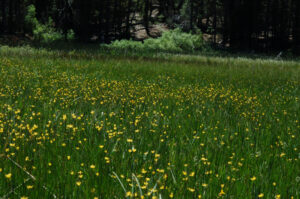
At mile 6.0 you want to look for a good place to pull out on the right. This is the Darlingtonia Bog area (California Pitcher Plant). You should be able to find Darlingonia on both sides of the road in some years, and a number of flowers on the forest floor. We struck off into the forest on the right (downhill) side through the trees until we came to a very large open glade. This is Pond Reservoir – although by the time we found it the pond was mostly dried up (and a bit of a bog). There were quite a few different flowers in this area. If you cross to the opposite side there is a small concreate dam, and just on the other side of this dam we found the Common Camas in a gully, just starting to open up. It was a bit rough getting down there, but the Camas were a nice find.
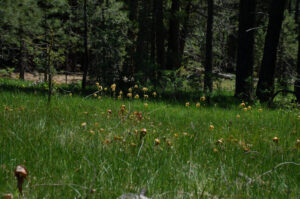
We originally thought that this was the bog, and we were disappointed to not find the Darlingtonia. Heading back up the hill I thought I saw some flowers through the trees to the north, so I struck off that way. It is a good thing that I did, because I found the Sweetwater Marsh, and it was LOADED with Darlingtonia, and they were blooming! We also found Macloskey’s Violet and a wonderful patch of Round Leafed Sundew. This is quite a bit damper than the pond area (at this time) and I got thoroughy soaked as I was kneeling down, and eventually even laying down, on the boggy ground to get a closeup of the flowers. It was worth it, though!
After this you will retrace your steps back to the highway. Note that there are other areas to look into other than the ones I’m pointing out. There was one stretch along a hillside where another group of people were looking for Spotted Coralroot, for example.
Timing is Everything
The weather was excellent, a clear sunny day with temperatures reaching the low 80’s. We visited this area in early June. Some of the early spring flowers were just finishing up, but there were loads of Lilies that weren’t quite ready yet. The forest service web site says that the peak blooming season is May through July.
The Flowers
Please feel free to help me with the identification of any “unidentified” flowers listed here, as well as correcting any errors I may make. Click on any photograph to see a larger image. I’ll start with a few favorites, and then the “gallery”. All pictures were taken with a Nikkor 18-135mm zoom lens, or a Nikkor 60mm closeup lens.
The star of the show is the California Pitcher Plant. Those that were out in the open tended to be a bit sunburned, there were greener ones in the shade. Insects crawl in the throat of the pitcher, and the sides are slick so they can’t get back out. Also, there are small hairs pointing downwards to make it more difficult. The insects are dissolved, eventually, in the bottom of the pitcher.

I’ve seen pictures of these, and even some in labs or terrariums. However, I didn’t know that they also had wonderful blossoms. The bog was full of these – golf ball sized or larger blossoms on stems a foot or more high.

In the same bog we found the Round Leaved Sundew, which also is insectivorous. Insects get stuck in the sticky hairs, and then are slowly digested. These are very small plants, just a quarter inch high, so look carefully.

In the pond area we also found quit a few Naked Mariposa Lily – the flowers are low to the ground and about the size of a quarter, or larger.

Macloskey’s Violet were found in the marsh – this one has a crab spider getting ready to hunt.
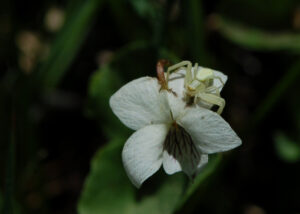
Note that a number of the flowers shown in the gallery were found just along the roadside driving in to the area.


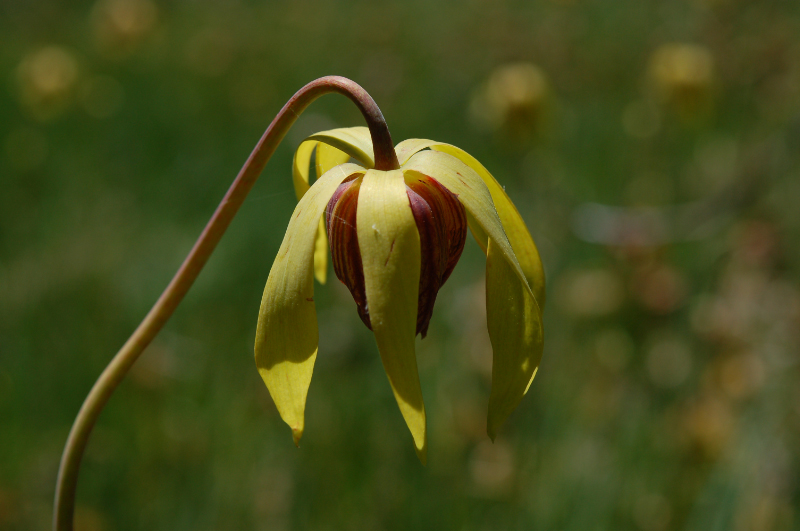
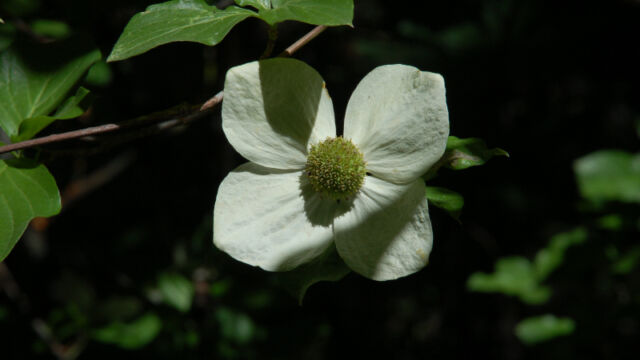
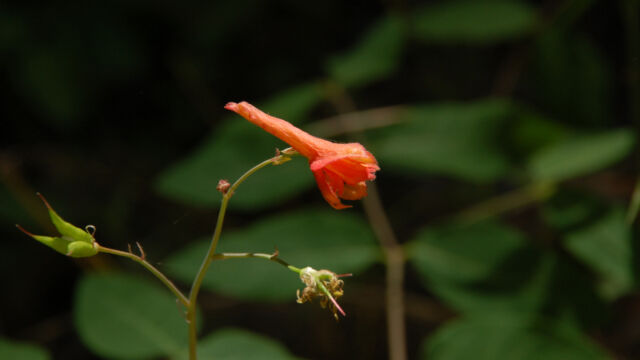
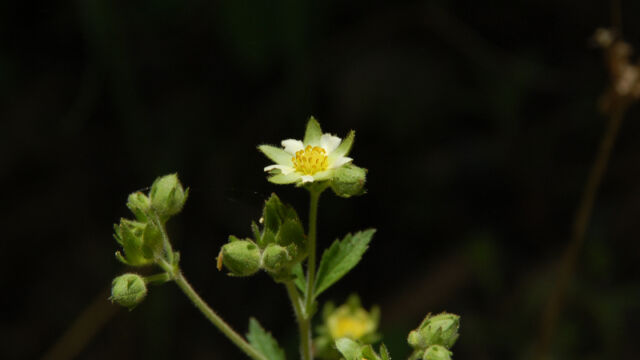
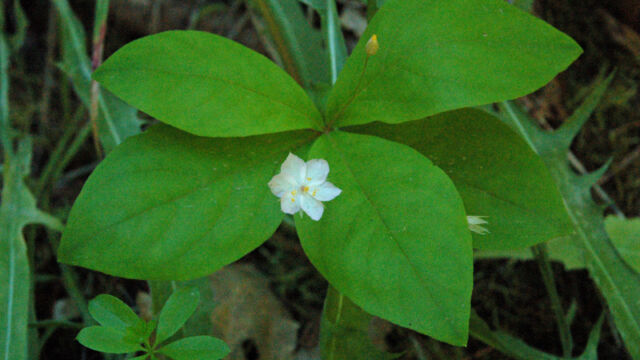

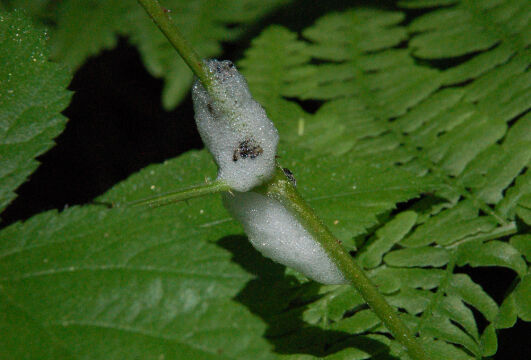
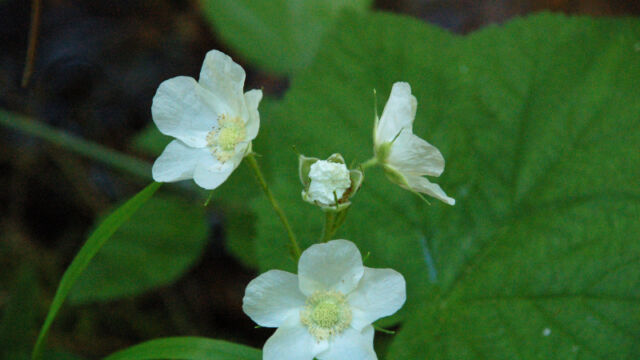
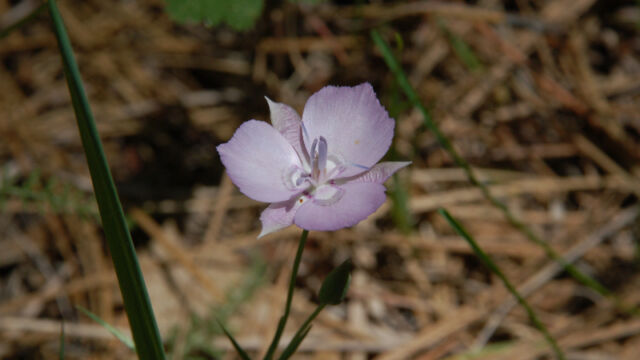
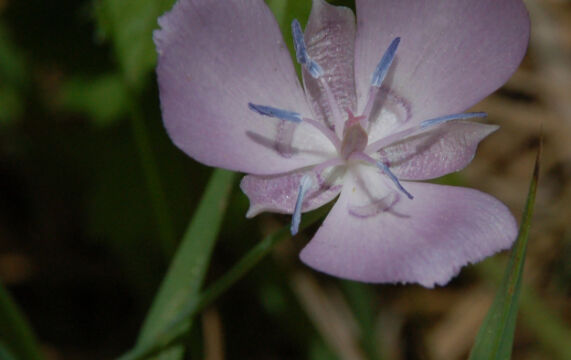
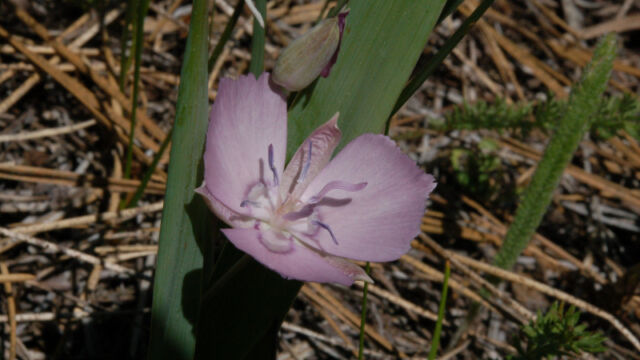
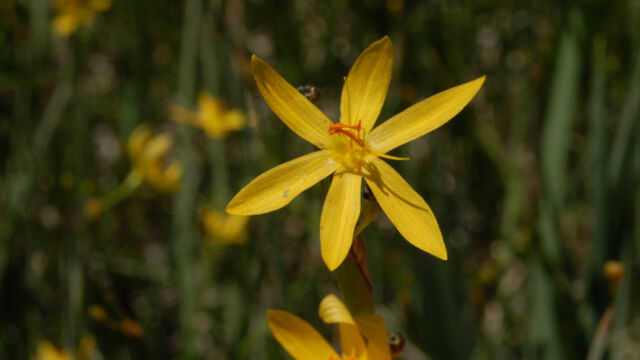
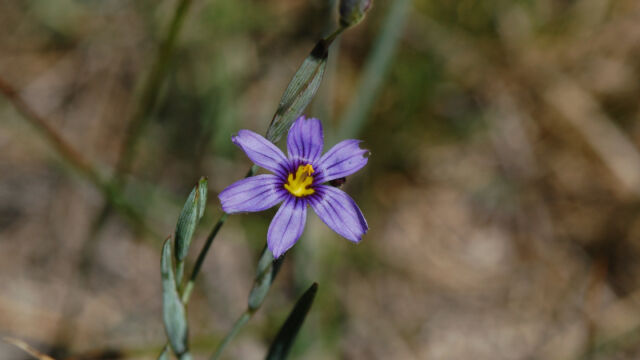
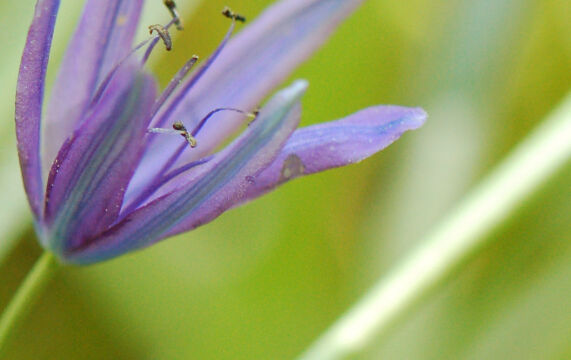

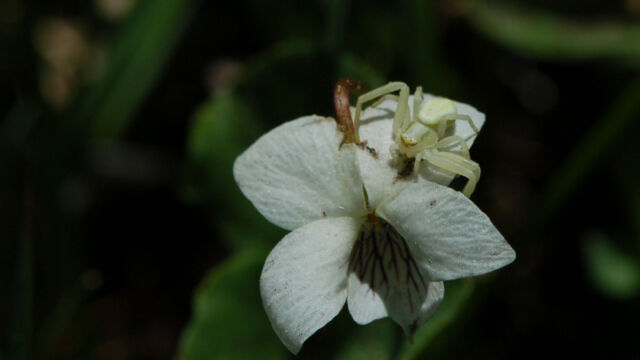

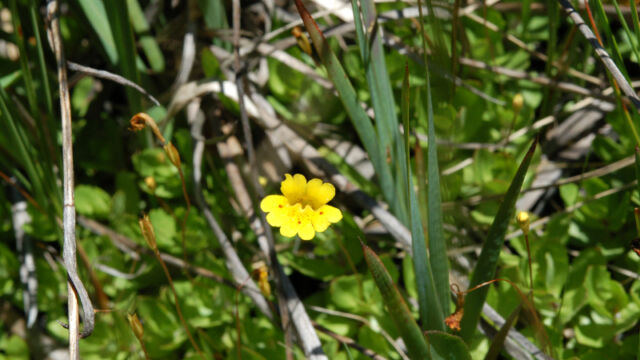
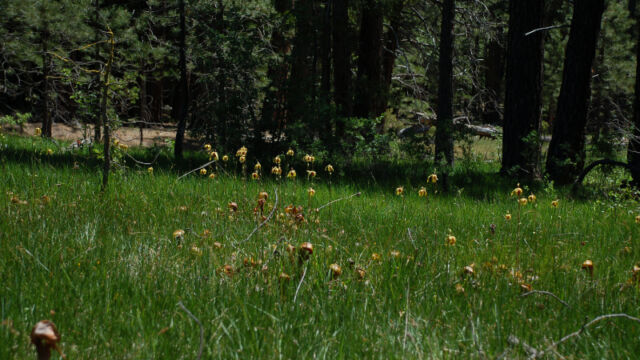
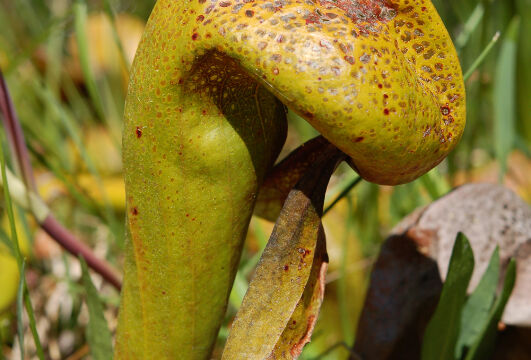
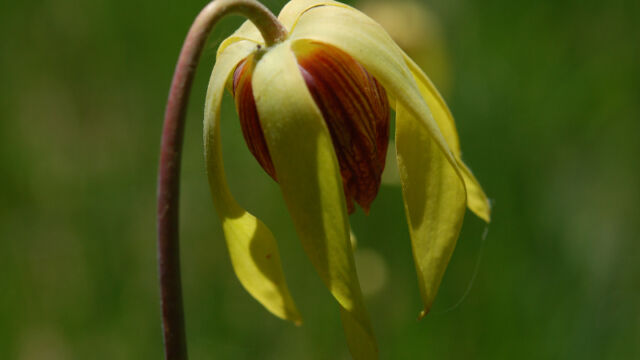
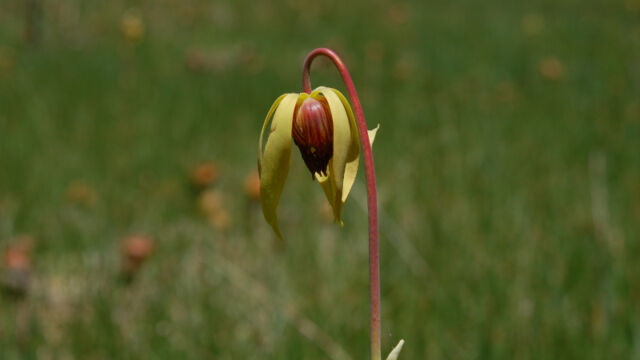
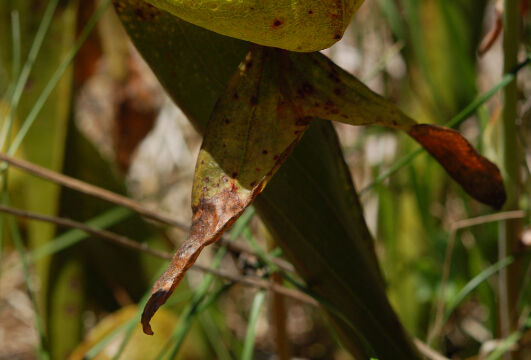
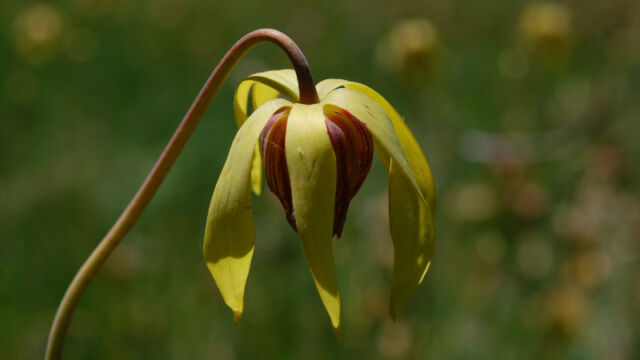

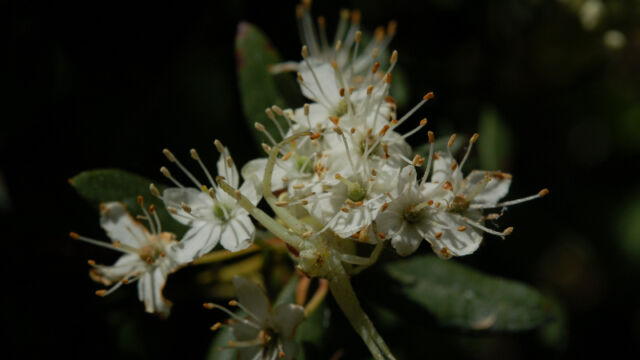
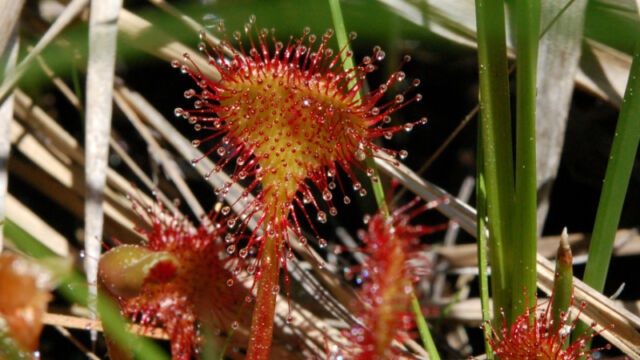
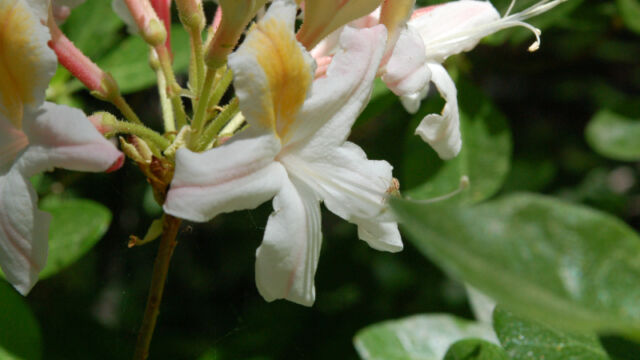
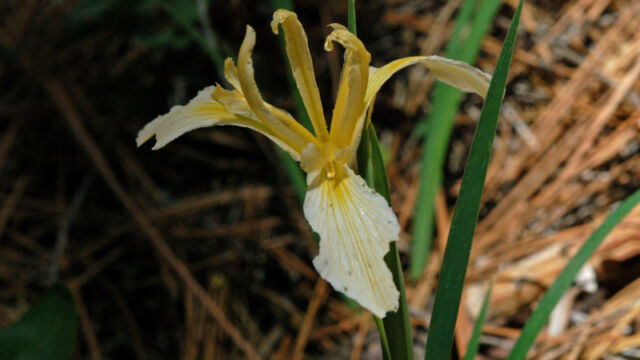
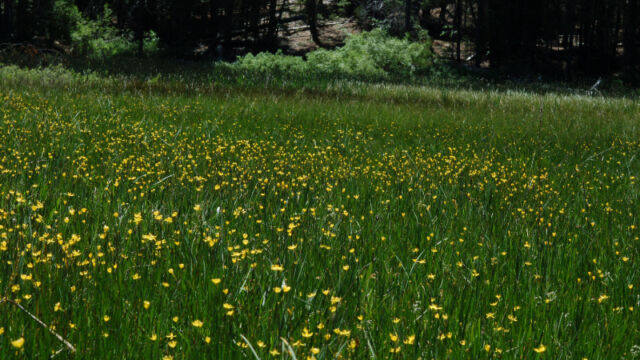
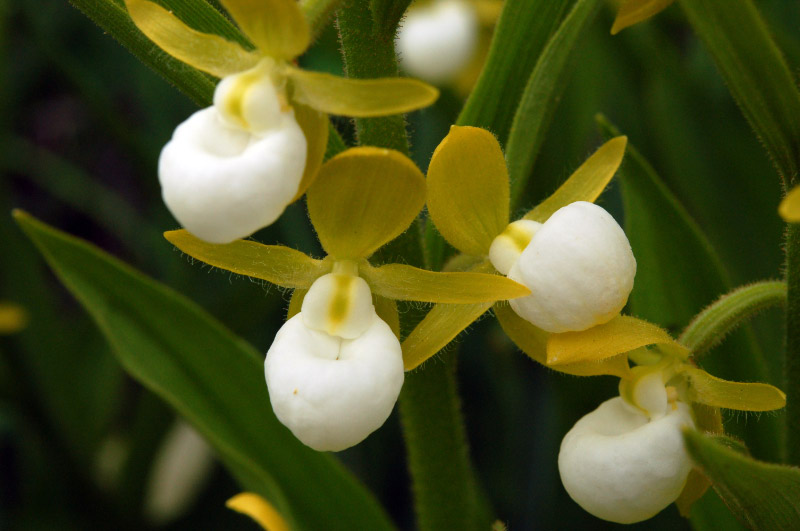
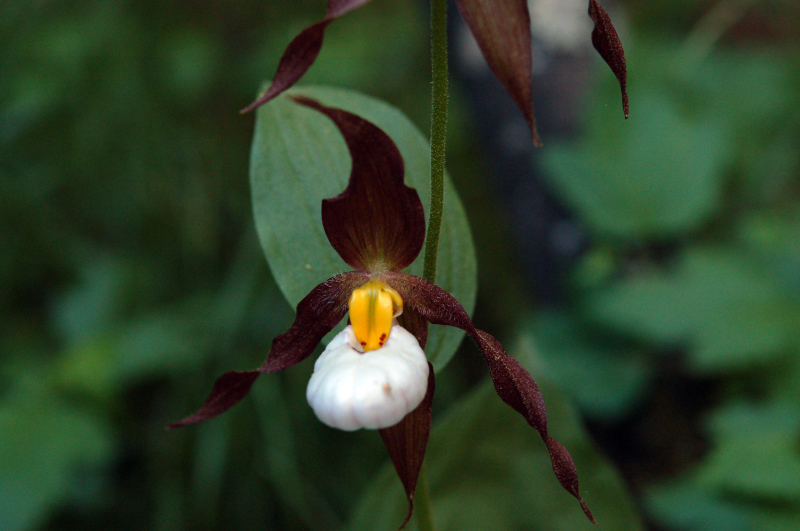
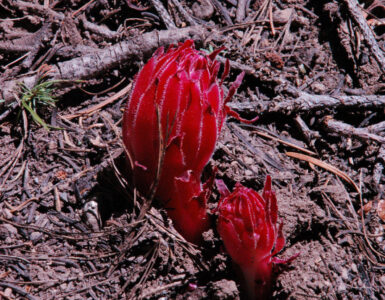
My wife and I were there several years ago. A wonderful place to “hunt” wildflowers! Jim Battigin from Quincy published a book: “A Flora of the Butterfly Botanical Area and the Butterfly Creek Watershed.” I have a 1997 copy. Although I did take a picture of a beautiful swallowtail on a leopard lily there, the valley is apparently named after its shape rather than for its occasional butterflys.
Thanks, David! Yes, I should have mentioned that the name comes from the valley shape. However, I did see a number of butterflies in the pond area while there. The Leopard Lilies where just putting up heads when we visited.
Thanks for the tip on the book, I’ll have to see if it is still available.
Stumbled on your wonderful article while searching about Butterfly Valley which I am worried about as it is threatened by the huge Dixie Fire and the Fly fire. July 23,21
Glad you enjoyed the article, tell your friends about the website! As for the fires, right now it looks as though they won’t go that far, but you can never be sure. Places like Butterfly Valley might be impacted by fires in the short term, but one thing I’ve learned is that wild areas in California can spring back from a burn very quickly. The bigger problem is the impact on people, buildings, air quality, and such.
I hiked a trail in Lake County in 2018, after a big fire in 2017, and the wildflowers were phenomenal. This year, I’m doing a study of fire recovery at another site in Lake County that burned severely in the LNU Lightning Complex fire last year (as well as in the fire in 2017), the wildflowers are coming back very strong. The bigger issue at this site has been the drought, the lack of water.
Hello, I think the plant with the spider and ? Mark is a native azalea
Glad you enjoyed the area. Nick
Thanks, Nick! With your help, I’ve pegged that to be “Western Labrador Tea”, a rhododendron.
[…] Butterfly Valley Botanical Area […]
Sixth photo down in the middle column is Mimulus primuloides, Primrose Monkeyflower. Their leaves (all basal) are often covered with long, soft, white hairs that glisten with dew drops. If you position yourself at just the right angle to the sun, you can see tiny rainbows among the hairs.